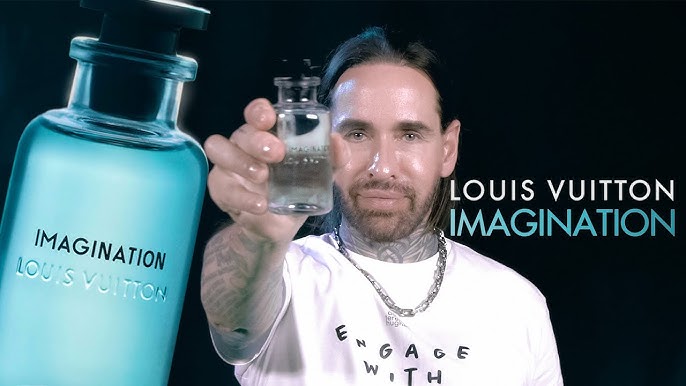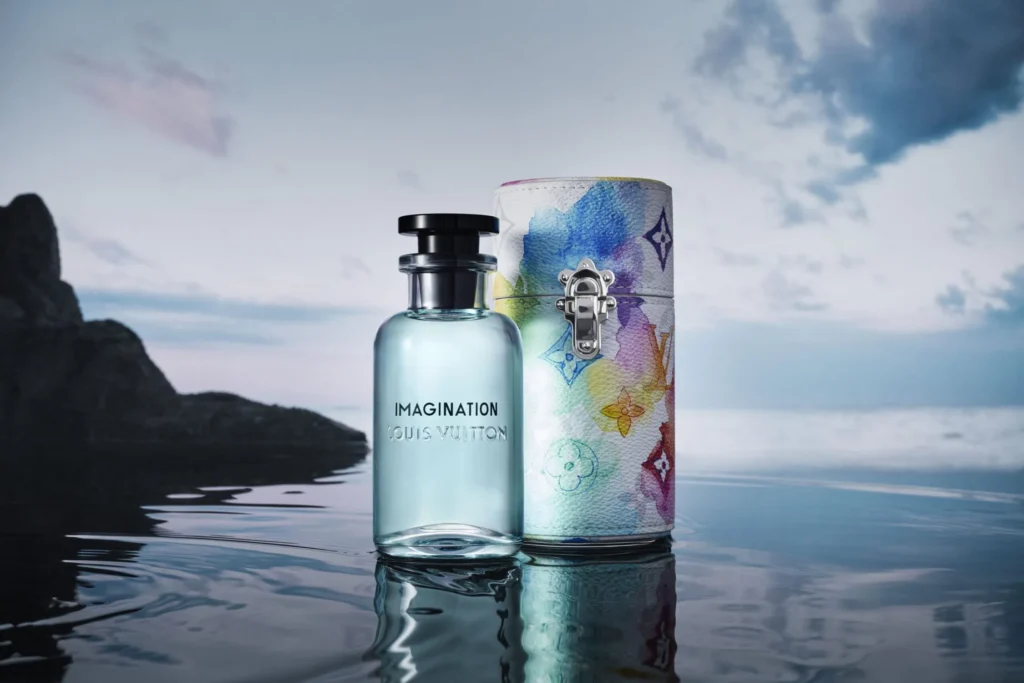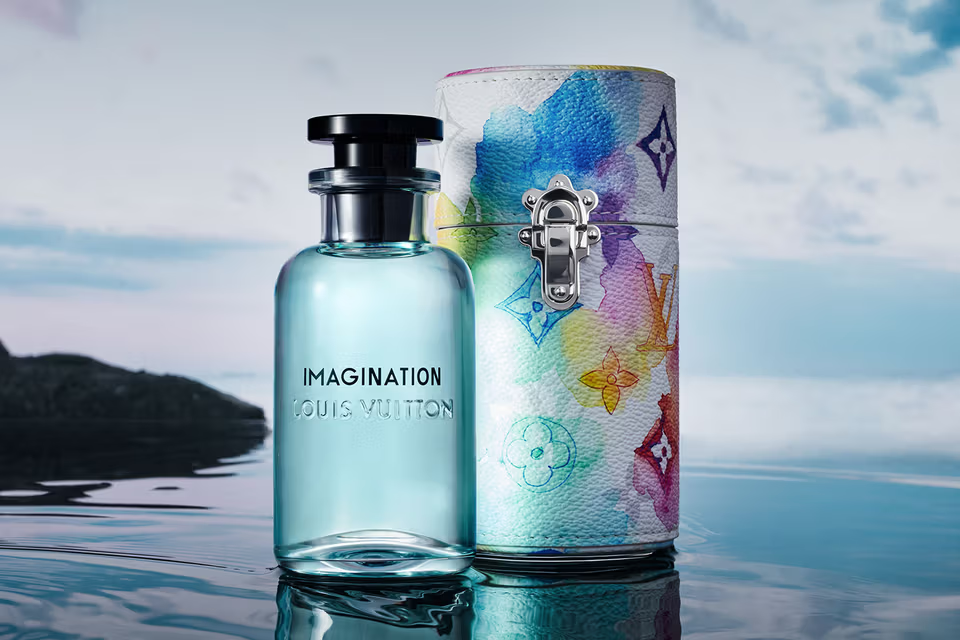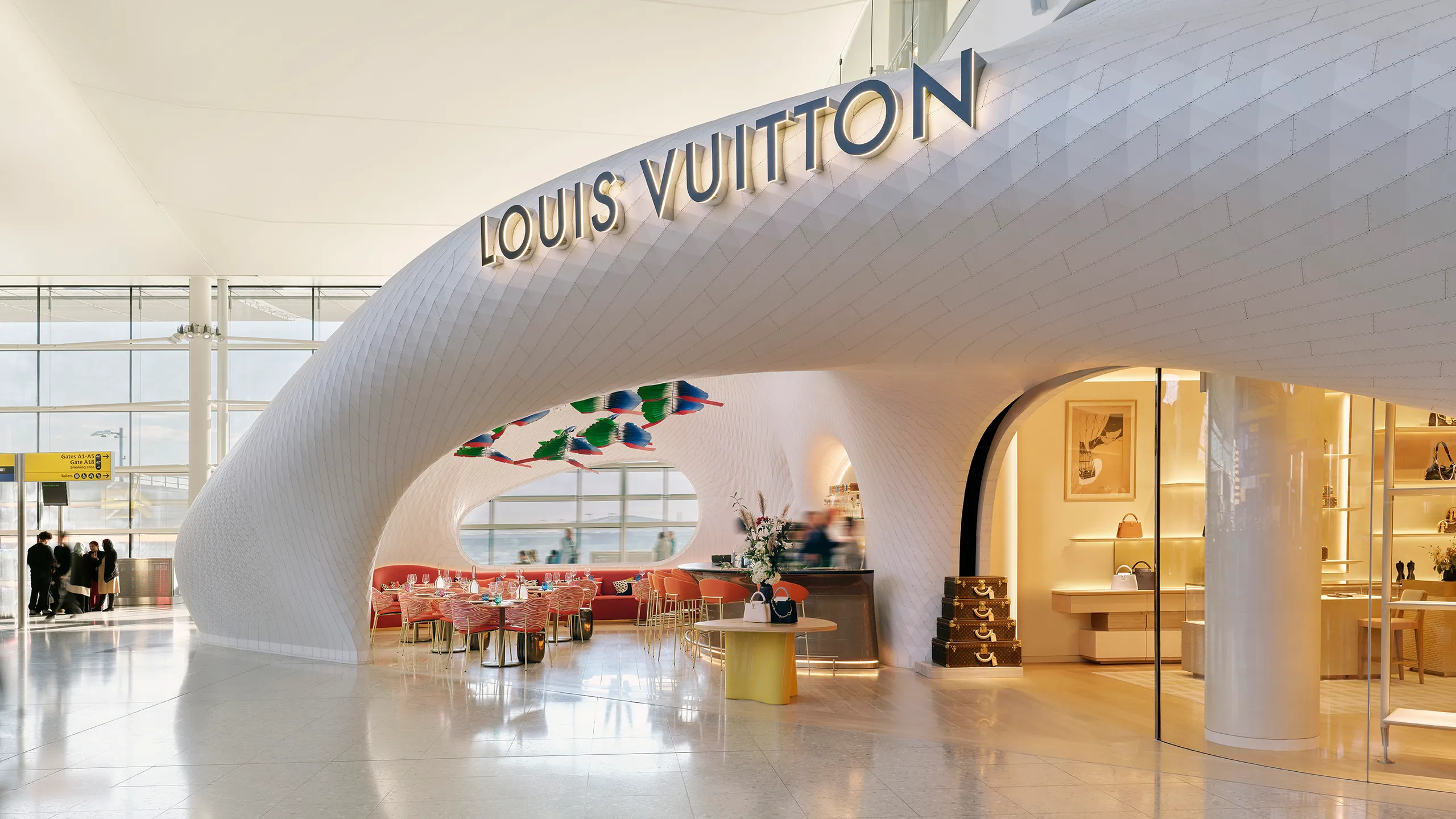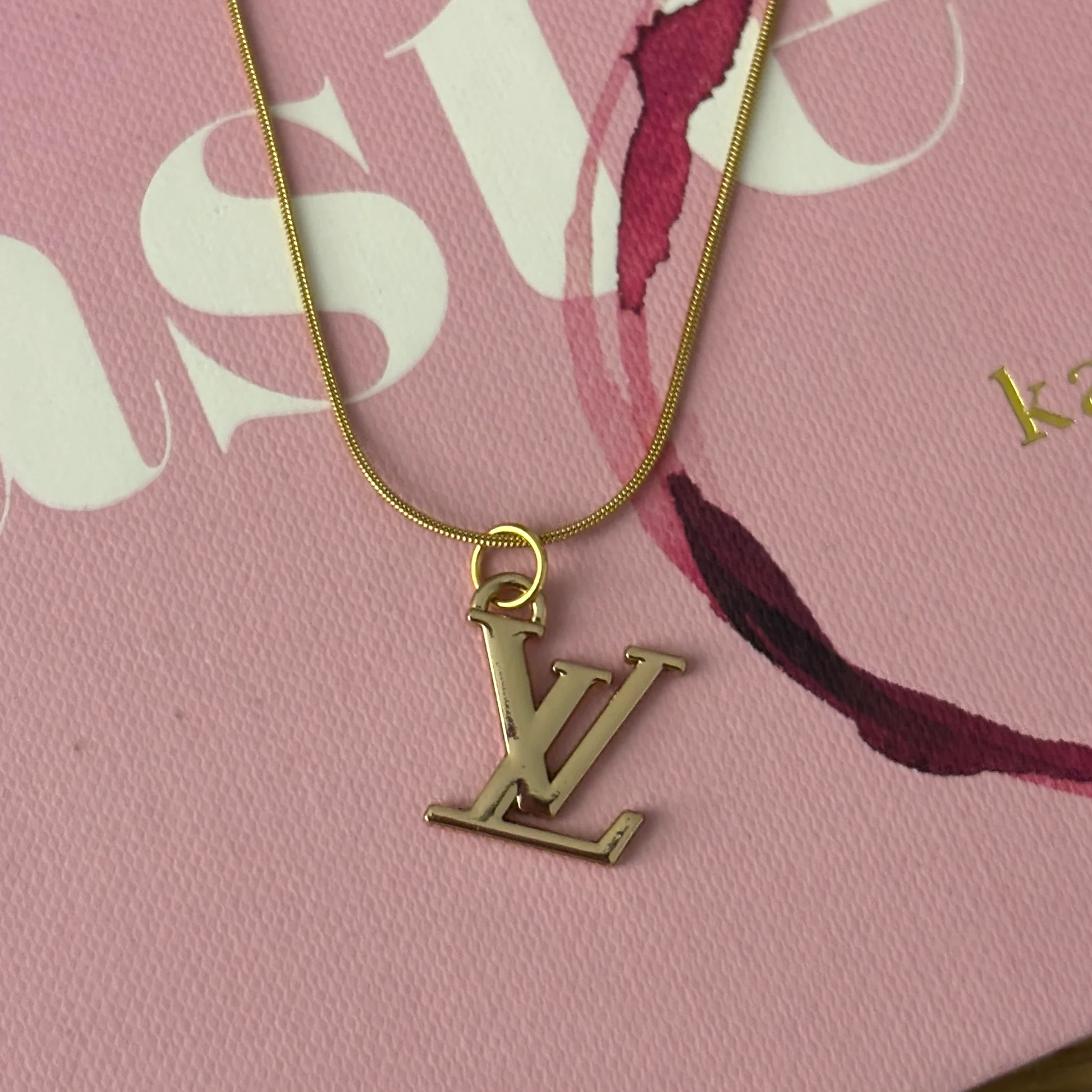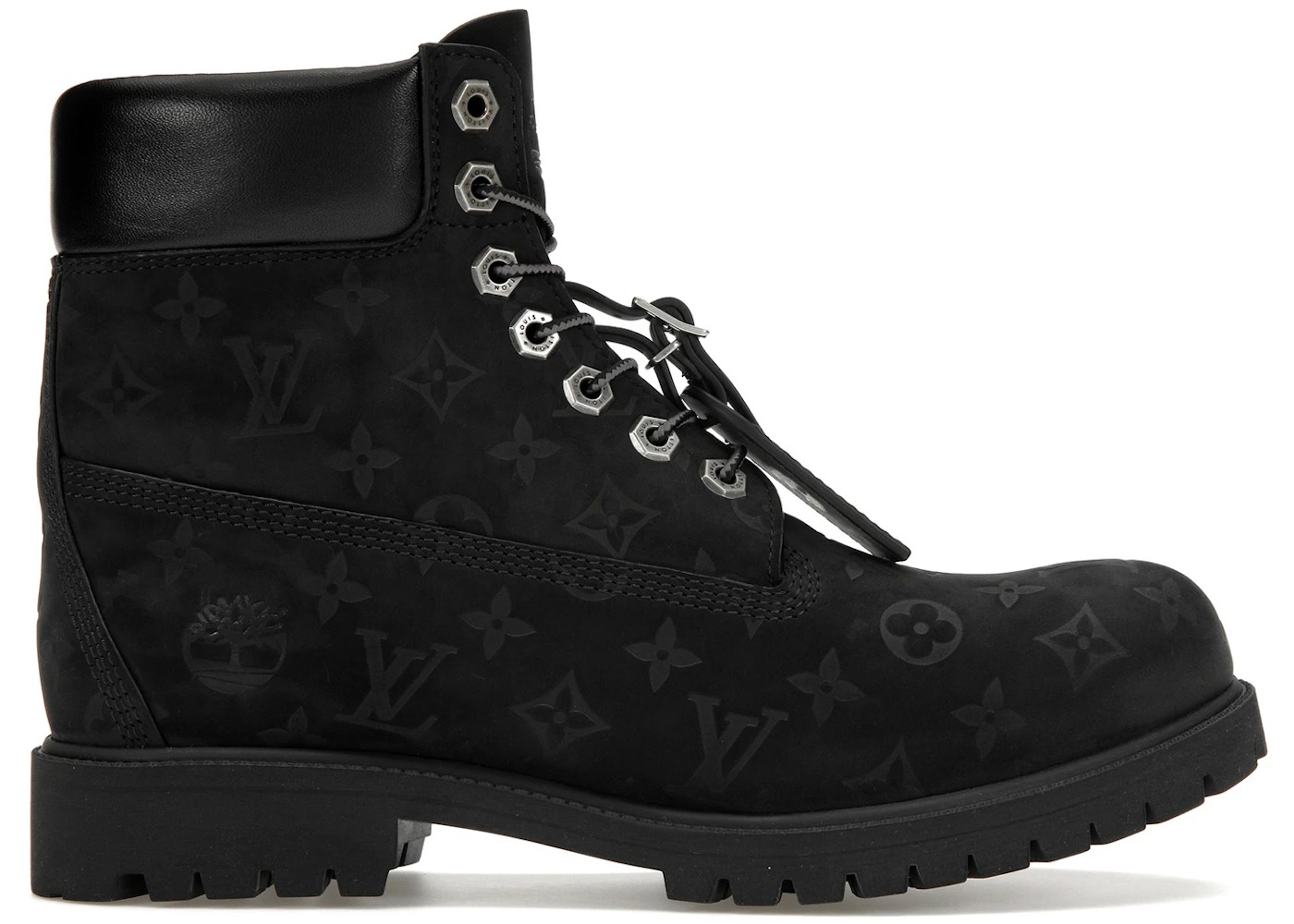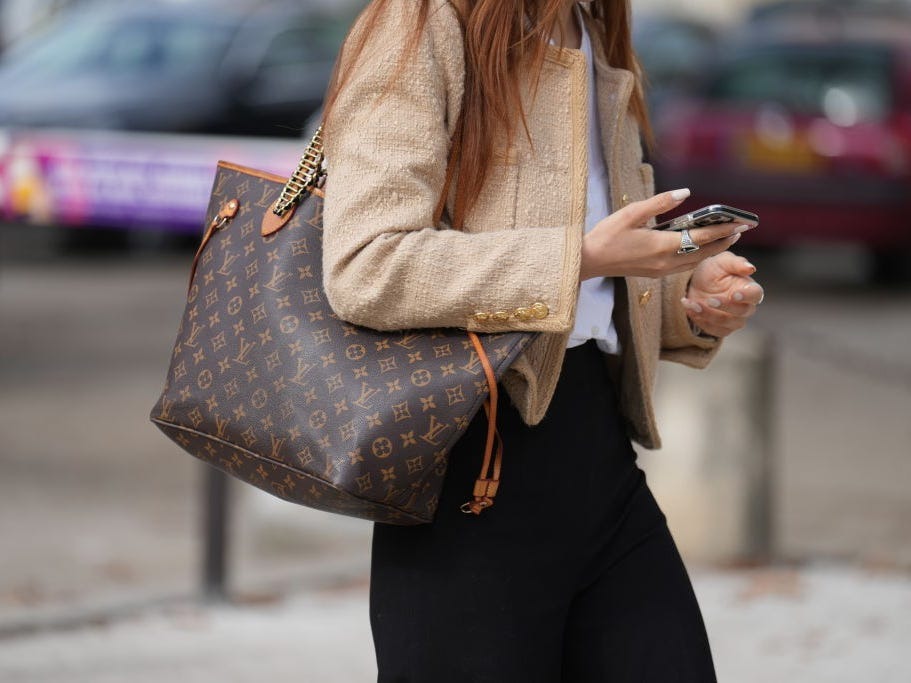Louis Vuitton Imagination – Louis Vuitton is a name synonymous with luxury, craftsmanship, and timeless style. Yet beyond the iconic monogram and leather goods lies a profound and dynamic force: imagination.
Over the decades, Louis Vuitton has demonstrated a remarkable ability to blend tradition with visionary creativity.
The brand’s evolution reflects a deep-rooted respect for heritage while constantly pushing the boundaries of fashion, art, and innovation.
This article explores how imagination powers the Louis Vuitton brand across fashion, design, marketing, and culture.
The Origins of a Visionary Brand
Louis Vuitton Imagination – Founded in 1854 by Louis Vuitton, a master trunk maker, the brand initially specialized in high-quality, custom-made luggage.
Vuitton’s original innovation — the flat-topped, stackable trunk — revolutionized travel during a time when bulky, rounded trunks were the norm.
This early innovation was not just practical; it reflected an imaginative foresight into how travel and luxury could intersect.
Even in its early years, imagination played a key role in Louis Vuitton’s success. The brand foresaw the future of travel and designed products that catered to a new, mobile elite.
Vuitton’s designs became a status symbol, not merely for their quality but for the lifestyle they represented.
Artistic Collaborations: A Canvas of Creativity
Louis Vuitton Imagination – Louis Vuitton’s collaborations with leading artists and designers have set it apart from traditional fashion houses.
These partnerships have become a hallmark of the brand’s imaginative ethos. One of the earliest notable collaborations was with Stephen Sprouse in 2001, when then-creative director Marc Jacobs brought graffiti into the world of luxury fashion.
The bold move redefined what high fashion could be — street meets elite, tradition meets rebellion.
Since then, Louis Vuitton has worked with a diverse array of artists, including Takashi Murakami, Yayoi Kusama, Jeff Koons, and Supreme.
Each partnership reimagined the brand’s iconic elements — from the monogram to the handbags — creating pieces that were both wearable art and cultural commentary.
These collaborations showcase Louis Vuitton’s willingness to innovate and evolve, using imagination to breathe new life into established motifs.
They also highlight the brand’s unique ability to intersect with contemporary art and pop culture while maintaining a luxury status.
Fashion Beyond Boundaries
Louis Vuitton Imagination – Under the leadership of artistic directors like Nicolas Ghesquière (women’s collections) and the late Virgil Abloh (men’s collections), Louis Vuitton has redefined fashion boundaries.
Virgil Abloh’s tenure was especially significant. As the first African-American to lead menswear at Louis Vuitton, Abloh brought a streetwear sensibility, diverse influences, and a deep sense of narrative to the brand.
His collections were not just about clothing but about stories of identity, aspiration, and imagination.
One of his most imaginative collections was the Fall/Winter 2021 men’s show, which explored themes of illusion, transformation, and globalism, featuring a surreal fashion film instead of a traditional runway.
Abloh’s “Imagination” campaign became a symbol of what Louis Vuitton could be: inclusive, global, forward-thinking, and endlessly creative.
He viewed fashion as an open-source language — a medium through which new meanings and identities could be expressed.
Meanwhile, Ghesquière’s women’s collections have leaned heavily on sci-fi and futuristic aesthetics, often mixing historical silhouettes with cutting-edge materials.
His work speaks to imagination rooted in time travel — a dialogue between the past and the future.
Technological Innovation and Digital Expression
Louis Vuitton has also embraced digital technology with bold imagination. From immersive fashion shows to virtual reality experiences and video game collaborations, the brand is always exploring new platforms for storytelling.
In 2019, Louis Vuitton partnered with Riot Games to design skins and a real-life capsule collection for League of Legends, merging luxury fashion with gaming — an unprecedented move.
This partnership showed that Louis Vuitton is not confined to traditional runways but is willing to experiment with where and how fashion can exist.
More recently, the brand has explored NFTs (non-fungible tokens) and digital collectibles, positioning itself at the forefront of Web3 innovation.
These ventures reflect the brand’s forward-thinking approach and willingness to engage with new forms of digital creativity.
Craftsmanship Meets Creativity
Louis Vuitton Imagination – Despite its embrace of modernity, Louis Vuitton’s craftsmanship remains a core pillar — a grounding force for its imaginative leaps.
The brand’s ateliers continue to use traditional techniques passed down for generations, ensuring quality and authenticity.
Imagination at Louis Vuitton does not mean abandoning craftsmanship. Instead, it means reimagining it.
The brand’s artisans are constantly challenged to create new shapes, experiment with materials, and bring fantastical designs to life without compromising on quality.
This interplay between heritage and innovation is central to the brand’s identity. Whether it’s a futuristic bag made from recycled materials or a classic trunk reinterpreted as a DJ turntable, the imagination is always tethered to craftsmanship.
Global Influence and Cultural Narrative
Louis Vuitton Imagination – Louis Vuitton is not just a fashion label; it’s a cultural institution. Its global campaigns often feature diverse casts and explore themes such as dreams, identity, and the power of the mind.
The “Louis Vuitton Imagination” campaign captured this ethos perfectly. It positioned imagination as a form of power — the ability to dream, transcend limitations, and see beyond the present.
The brand’s campaigns are designed not only to sell products but also to inspire. They invite audiences to envision a world where luxury is not just about wealth but about ideas, creativity, and potential.
Louis Vuitton’s storytelling — whether in short films, immersive installations, or social media content — is deeply emotional and intellectually stimulating.
Sustainability Through Creative Solutions
Another area where imagination plays a vital role is sustainability.
Louis Vuitton has committed to reducing its environmental impact through eco-friendly materials, responsible sourcing, and circular design.
The brand’s efforts include using recycled fabrics, reducing packaging waste, and implementing eco-design principles in product development.
Imagination is key to making sustainability aspirational. Louis Vuitton doesn’t just produce sustainable products — it crafts desirable, beautiful items that align with modern values.
This imaginative approach ensures that sustainability enhances, rather than detracts from, the brand’s luxury image.
Conclusion
Louis Vuitton Imagination – Louis Vuitton stands as a beacon of imagination in the luxury world.
From artistic collaborations to digital innovation, from inclusive storytelling to sustainable design, the brand continues to push the boundaries of what fashion can be.
At its core, Louis Vuitton’s strength lies in its ability to dream boldly while remaining rooted in its legacy.
In a world that often prioritizes speed and conformity, Louis Vuitton champions depth, creativity, and vision. It invites us not only to wear luxury but to imagine with it — to see fashion as a portal to other worlds, stories, and possibilities.

